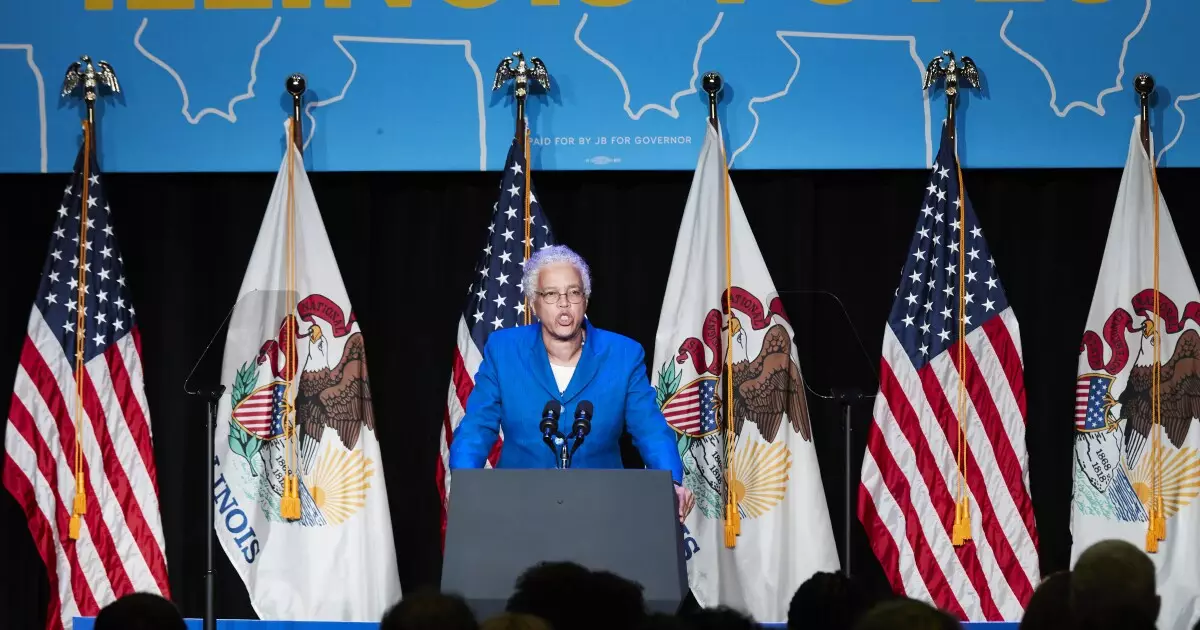Cook County, Illinois, has recently presented an ambitious budget proposal totaling nearly $9.89 billion, covering the fiscal year 2025. In the context of the nation’s second-largest county, the budget reflects a careful balancing act by officials aimed at ensuring sustainability without imposing new financial burdens on residents. This article will take a closer look at the components of the budget, the strategic decisions made by county officials, and the implications surrounding Cook County’s financial trajectory.
In a press briefing prior to the budget announcement, Cook County Board President Toni Preckwinkle underscored the decision to forgo new taxes and layoffs—a notable move considering the persistent economic uncertainties facing local governments. However, this prudent stance comes alongside a reduction of 56 unfilled positions within the county. These positions were initially forecasted to be funded via the American Rescue Plan Act but were ultimately deemed unnecessary due to either a reassessment of staffing needs or a decision to halt certain programs altogether. This deliberate trimming illustrates a commitment to accountability and responsiveness to changing situational dynamics.
Despite a reported dip in property tax replacement revenue and escalating expenditures related to overtime and transfers to specific funds, Cook County has also experienced growth in sales tax and various revenue streams. This growth is vital for maintaining essential services and offsetting the challenges posed by decreased funding in other areas.
A detailed breakdown of the budget reveals significant allocations toward healthcare and public safety, comprised of 53% and $1.694 billion, respectively. This underscores the priority placed on health services and the commitment to ensuring public safety in a time when such sectors are under considerable strain. Other notable allocations include finance and administration, which will receive $769.1 million, and capital projects at $653.4 million.
Cook County’s budgeting strategy also emphasizes increasing capacities in areas like property valuation, veterans’ assistance, and green initiatives, with unassigned fund balance investments aimed at propelling renewable energy through initiatives such as solar panel installations. Additionally, the integration of advanced technologies, including generative artificial intelligence, reflects a forward-thinking approach that could enhance operational efficiencies across numerous county departments.
Looking ahead, Cook County’s expectation of improving its pension funded ratio by reaching full funding by 2056 signals a long-term commitment to financial health. This objective is backed by 2023 legislation mandating the county to make actuarially determined contributions, allowing a structured 30-year period to address liabilities accrued before 2017.
Moreover, robust bond ratings across several agencies—AA from Fitch Ratings, A1 from Moody’s, and A-plus from S&P Global Ratings—indicate a healthy outlook for Cook County’s fiscal responsibility. These ratings provide a reassurance to stakeholders that the county is managing its debt and expenditures effectively, fostering a climate of trust with investors.
Amid these fiscal consolidations and strategic commitments, Cook County has begun adopting generative AI, highlighting a modern approach to governance. The Chief of Technology, Tom Lynch, has remarked on the careful and methodical integration of AI technologies, which aims to maximize efficiency while adhering to best practices set by organizations such as the National Association of Counties. For instance, AI applications are currently being utilized to monitor residential property modifications, identifying potential tax revenue impacts before formal permit requests are logged.
This innovative spirit positions Cook County to take advantage of technological advancements that can streamline processes and enhance service delivery—a testament to their ambitious vision for a more responsive and proactive local government.
Cook County’s proposed budget is a reflection of both its unwavering commitment to maintaining vital services and a recognition of the need for strategic efficiency. The dual focus on fiscal responsibility and technological innovation is indicative of a county poised for sustainable growth, even amidst fluctuating economic conditions. As officials navigate the complexities of local governance, the measures established in this budget will significantly shape the future of Cook County’s services, fiscal stability, and community well-being.

